
The associate professor of neurology and neuroscience at Weill Cornell Medicine discussed this work, and what she and her colleagues believe could be addressed by a successful effort.

The associate professor of neurology and neuroscience at Weill Cornell Medicine discussed this work, and what she and her colleagues believe could be addressed by a successful effort.

The study presents direct evidence that subjective experiences of insomnia may be coupled to the REM sleep state.
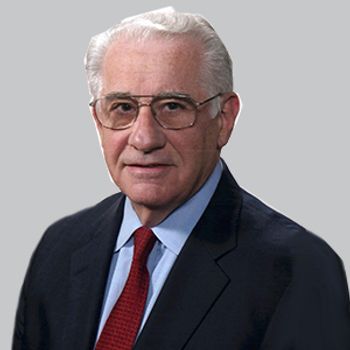
Darryl De Vivo, MD, emphasized that while there's been a tremendous advance in the field of SMA, it’s important to continue tinkering around the margins to make the effective treatment increasingly better.

The study found that there has been a significant increasing trend in patients with migraine—irrespective of aura status—having an ischemic stroke.

The Sidney Carter Professor of Neurology at Columbia University Medical Center spoke about the 127 year history of spinal muscular atrophy and how basic science has led to exciting developments.

Heidbreder further described the current understanding of the condition and what she and her colleagues have found out.

For the director of the Johns Hopkins Multiple Sclerosis Center, a biomarker is perhaps only as useful as the clinician community’s ability to read out its measurements.

The Psychiatrist at Psychiatric Services Solothurn and University of Basel discussed how heart rate variability correlates with sleep stages, which may indicate nocturnal brain activity.

Despite some mistrusting the abilities of imaging to aid in therapeutic development, a new MRI method could better inform the anatomical understanding of the striatum.

Under treatment, the dynamic of REM sleep related heart rate variability shows early changes during the first week, providing a promising biomarker of treatment.

The current president of the American Neurological Association specifically mentioned the work some groups are doing with small molecule imaging methods to help with this issue.

ITI-214 showed favorable safety with early signs of improvement in motor symptoms for patients with Parkinson disease

The director of the Center of Neurogenetics at Weill Cornell Medicine spoke about the wealth of improvements that have really turned this area of medicine into a much more hopeful one.

The CGRP inhibitors are poised to transform the treatment paradigm for patients with migraine and cluster headache.

The Global Medical Lead for Migraine and Headache at Teva Pharmaceuticals, the therapy’s developer, discussed its performance in patients with medication overuse headache.
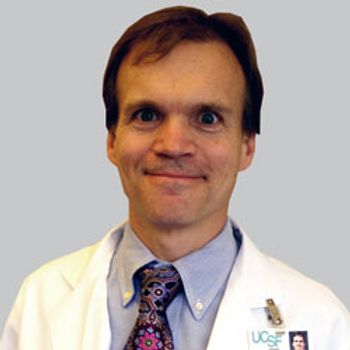
VY-AADC01 demonstrated promising early signs of activity and safety for patients with Parkinson disease.

The assistant professor of neurology at the University of Pennsylvania discussed the complication of cognitive issues faced by patients with epilepsy, and how these are being addressed in the clinic.

Impairment of physiological spindle activity in the hippocampus during NREM sleep by interictal epileptic activities may have negative consequences on long-term memory consolidation.

Henchcliffe discussed the progress that has been made in this area, and where things are headed going forward.
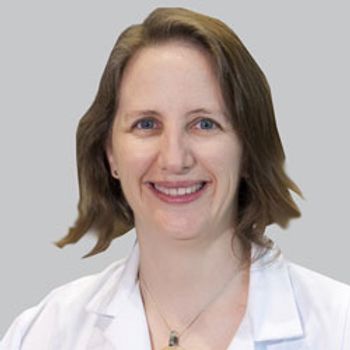
Several novel therapies in early stage development are beginning to show promise for patients with Huntington disease.

The director of the Pediatric Movement Disorders Program at UT Southwestern spoke about the ability of advanced imaging to help better understand the causes of disease.

Since the inception of the idea more than 3 decades ago and its initial development 20 years later, Sarepta Therapeutics’ micro-dystrophin gene therapy has now made its way to human trials.

Those suffering from significant emotional distress and sleep disturbances may benefit from targeted interventions to restore consolidated REM sleep or prevent the occurrence of fragmented REM sleep.
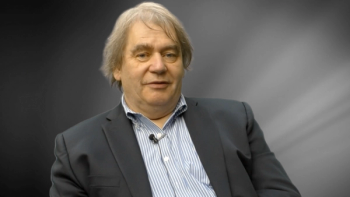
The director of the Comprehensive Multiple Sclerosis Center at Thomas Jefferson University discussed the concept of lymphocyte depletion to reset the immune system.
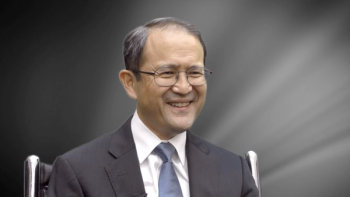
The smartphone application-led program, Floodlight Open, recently initiated in the US and Canada.

Results suggested that for every 1% of brain volume lost, a 51.7% increase in risk of clinically definite MS conversion was observed.
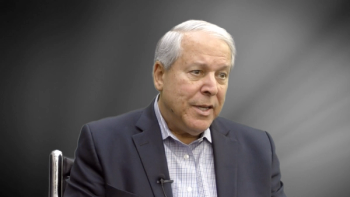
The goal of the free application is to make cognitive assessments routine in multiple sclerosis treatment.

The next important area of therapeutic development in MS appears to be in disease damage repair.

The monoclonal antibody has shown continued success up to 8 years in clinical trials.

One of the highly debated topics at ECTRIMS 2018 was the use of the investigational biomarker, neurofilament light, in the clinic.